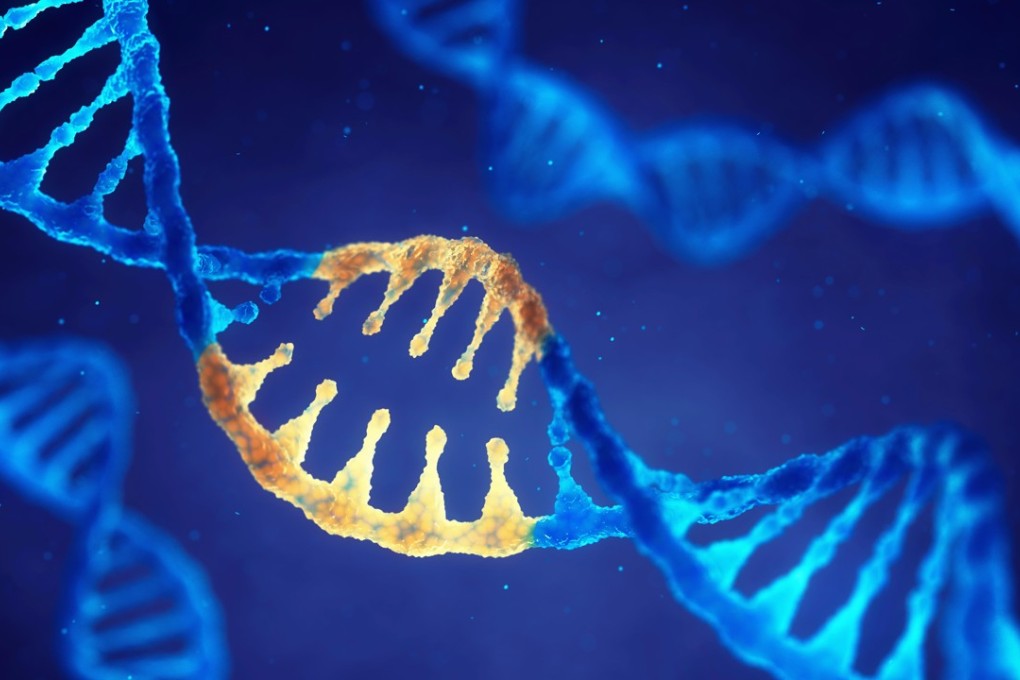Chinese scientists snip mutant DNA to fix human embryo gene
Researchers report success with technique to replace part of genetic material that causes the inheritable disorder Marfan syndrome

Chinese researchers have used a gene-editing technique to repair a defect in a human embryo, moving biomedicine one step closer to a cure for inheritable diseases caused by genetic mutations, scientists said.
The research, published last month in the scientific journal Molecular Therapy, involved “base editing” a gene with a mutation for Marfan syndrome, a genetic disorder that affects the body’s connective tissue.
The syndrome afflicts about 1 in 5,000 people and is caused by the FBN1 mutation.
A group of scientists at ShanghaiTech University and Third Affiliated Hospital of Guangzhou Medical University used the base-editing technique to replace part of the DNA instead of the whole gene in human cells and embryos with the mutation.
The method succeeded in 16 out of 18 human embryos, the study said, showing none of the negative side-effects that appeared in previous studies.